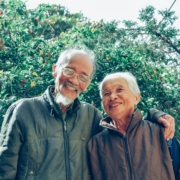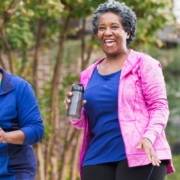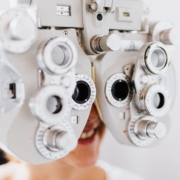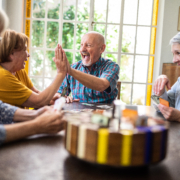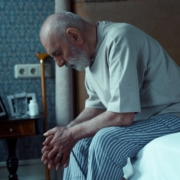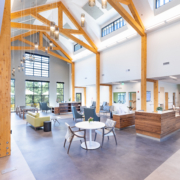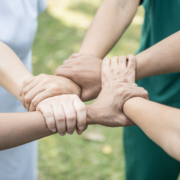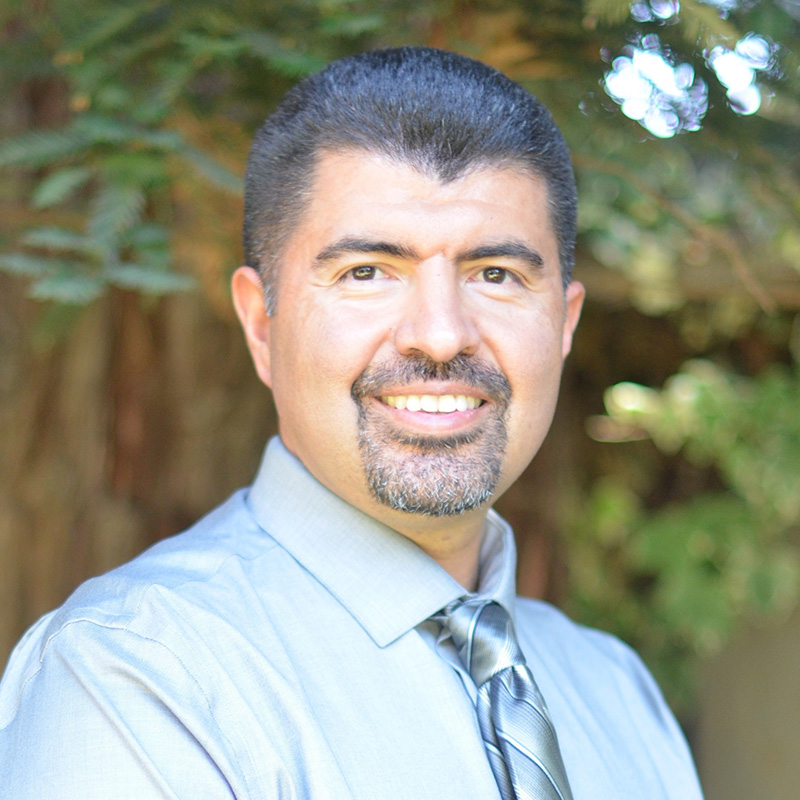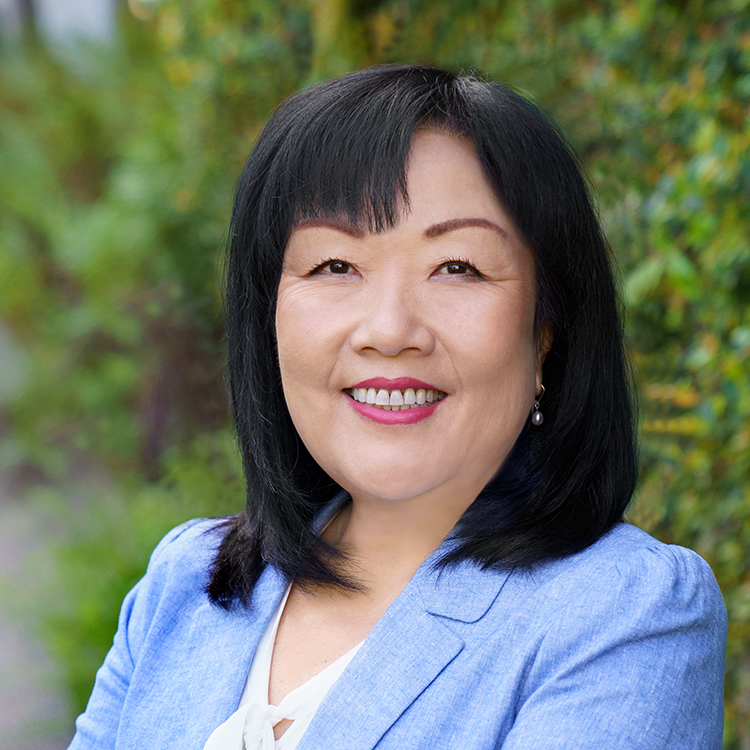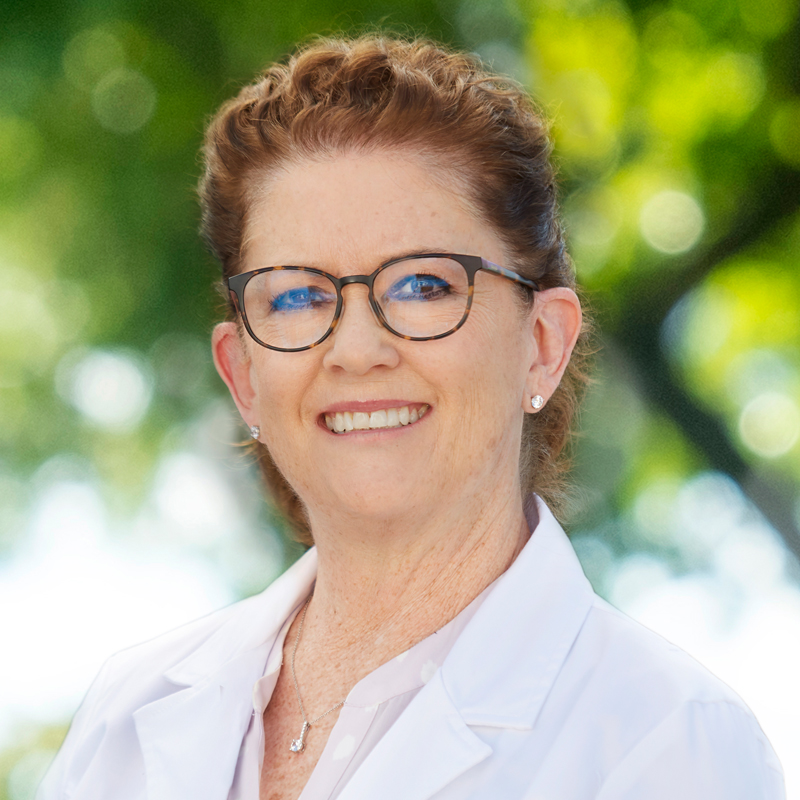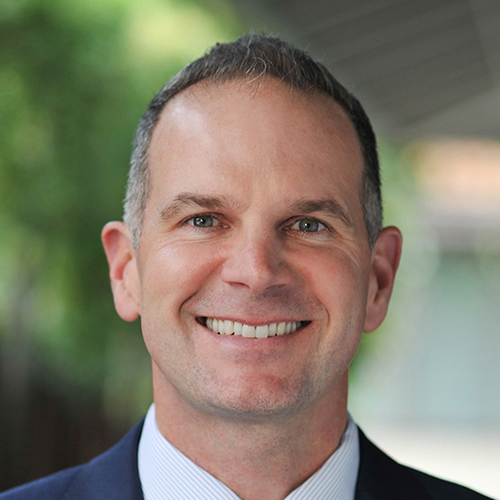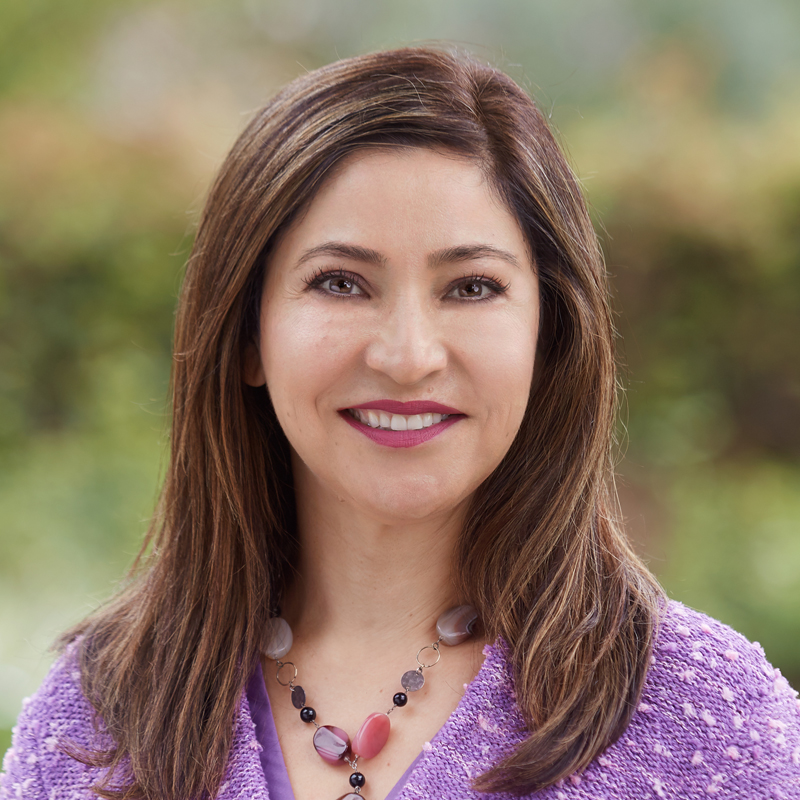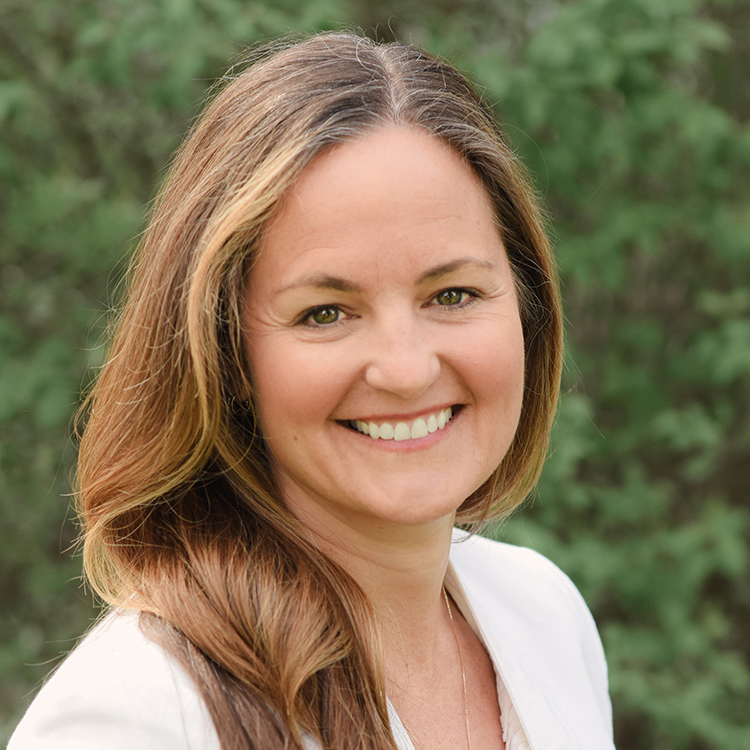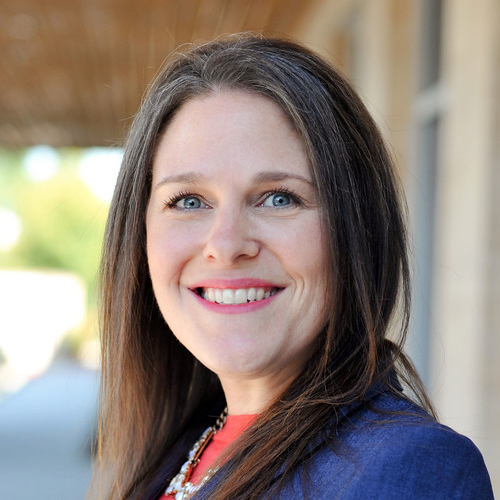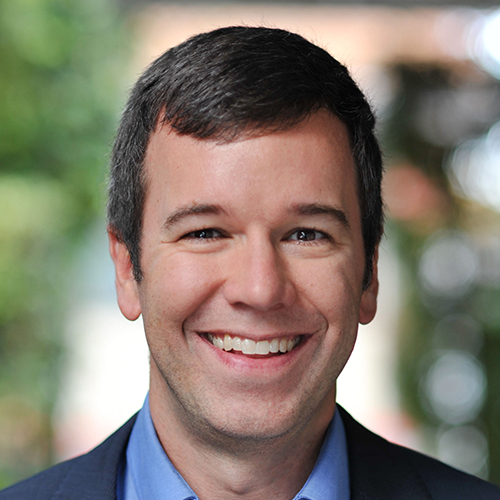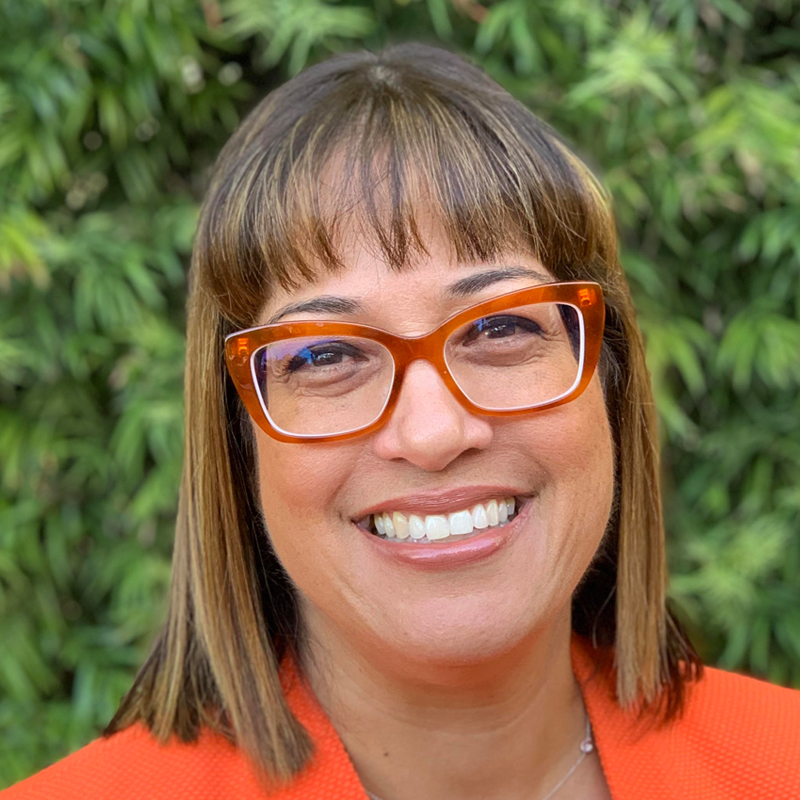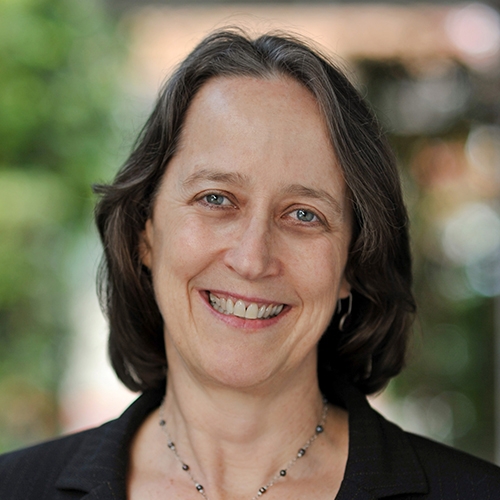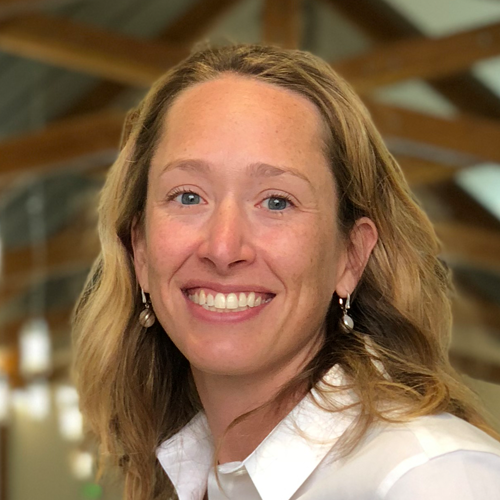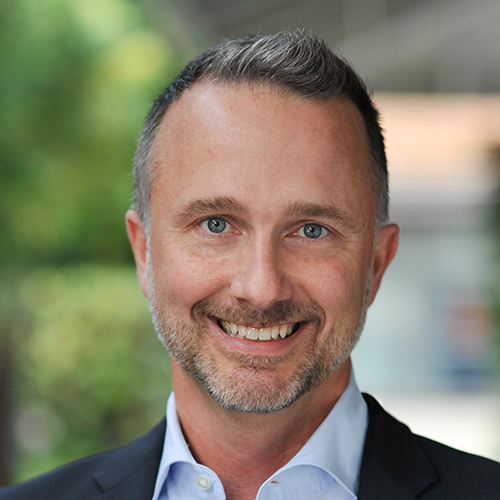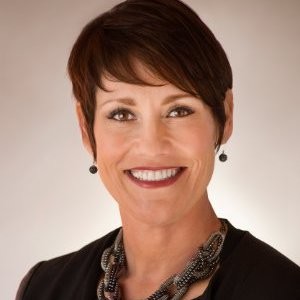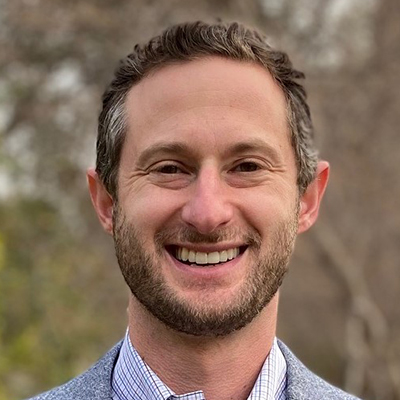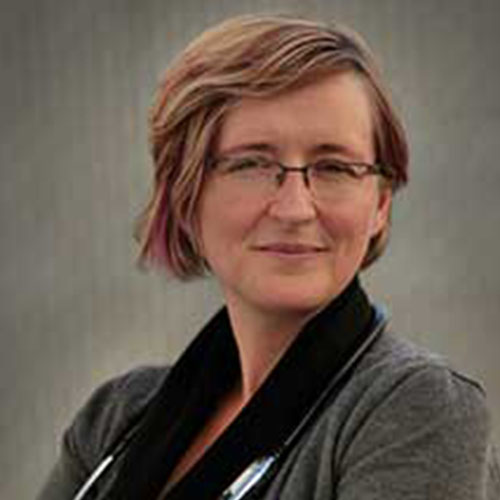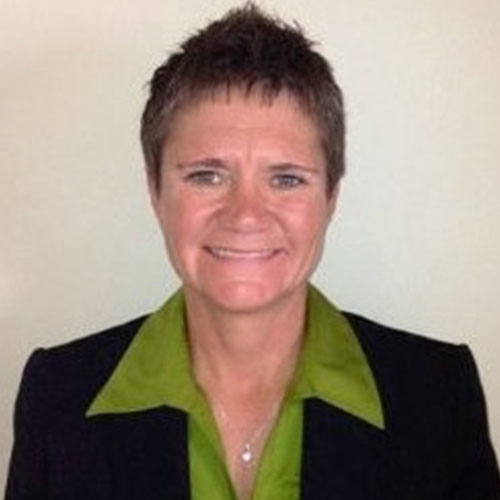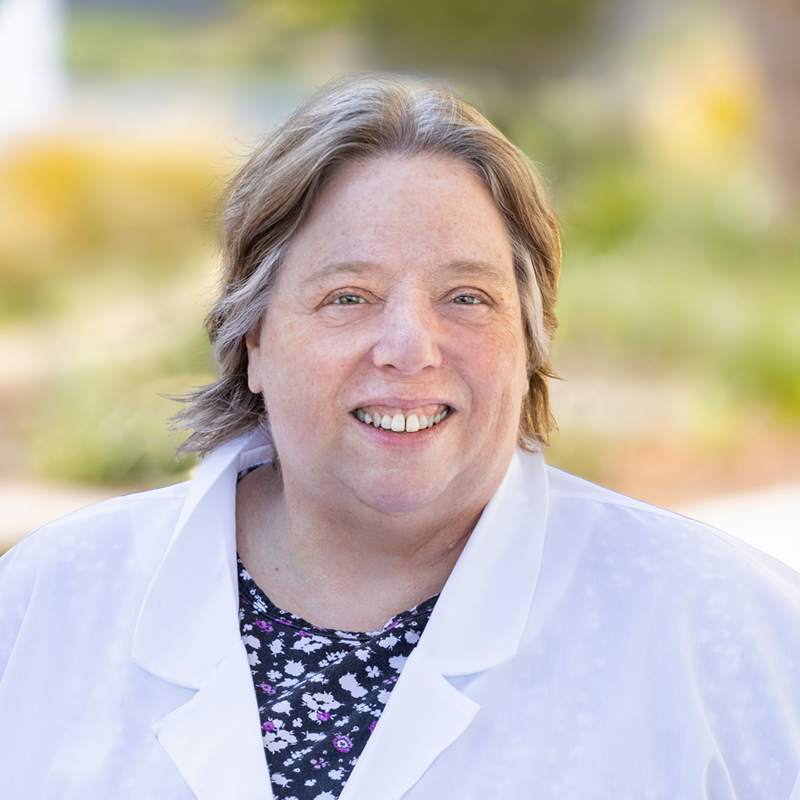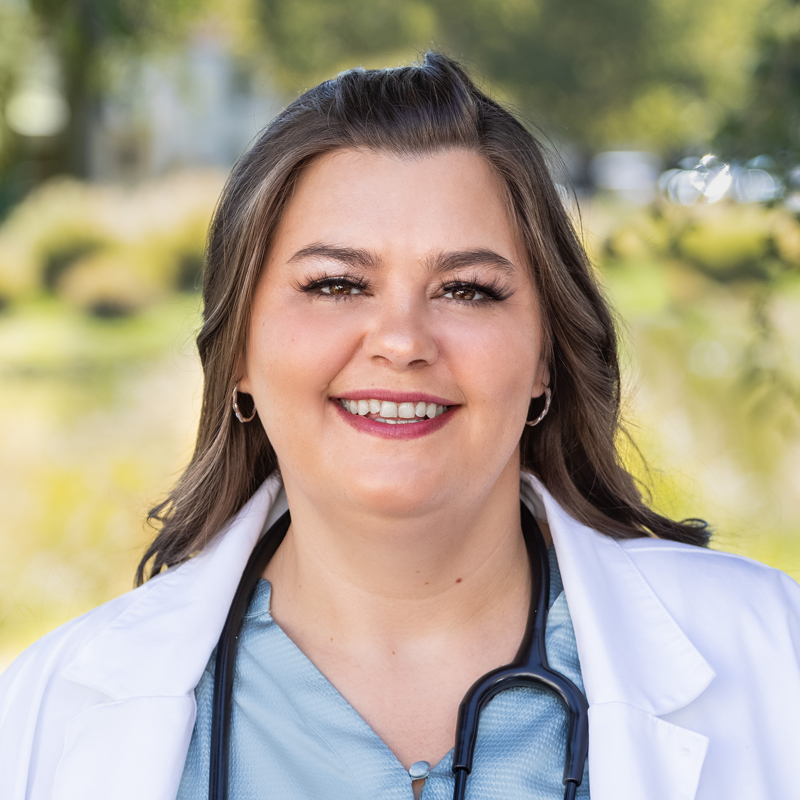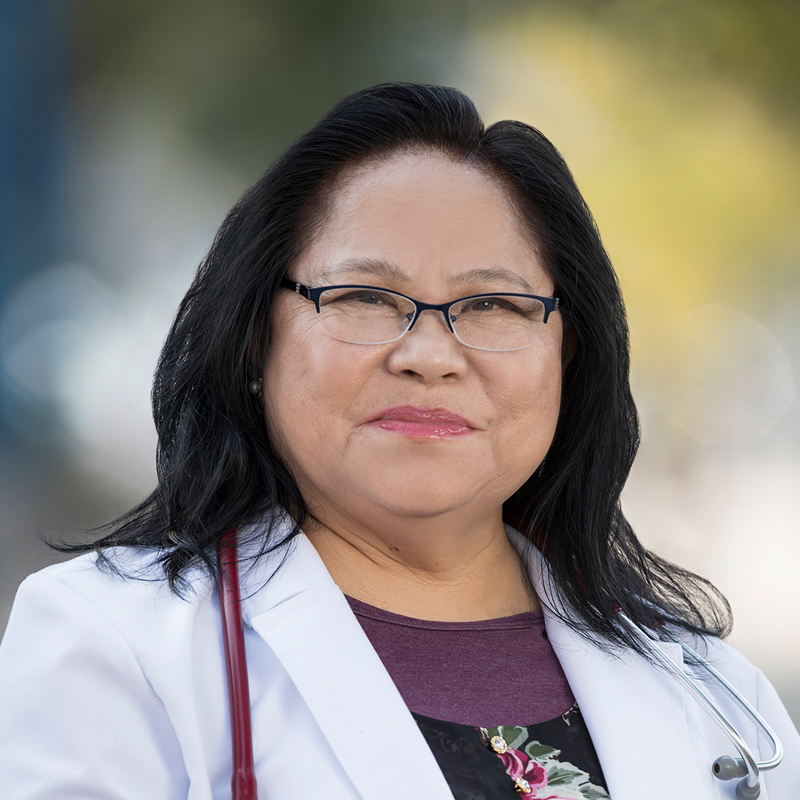Top 5 Ways to Care For Senior Mental Health
In the famous words of Isaac Newton, “A body in motion stays in motion.” As you age, it’s important to stay active to maintain your body’s ability to perform various activities throughout the day.
Did you know this principle also applies to your mind? There are many things you can do to support your mental health as you age.
In honor of Mental Health Awareness Month, we’ve put together five of the best ways to care for senior mental health.
1. Eat Well
A healthy diet can help boost your mood and keep your body and mind feeling well. After all, around 20% of your daily calories go toward powering your brain, so it only makes sense that how you eat would impact your mental health!
Incorporate as many of the following into your daily diet as you can:
- Fruits
- Vegetables
- Legumes and nuts
- Whole grains
Also, do your best to limit saturated fats and processed sugars.
2. Stick to a Sleep Schedule
Maintaining a consistent sleep schedule is one of the best ways to preserve your mental health as you age. Despite popular belief, even seniors need around eight hours of sleep every night!
To help you get restful sleep and cut the number of times you wake up throughout the evening, practice good sleep hygiene habits. Reduce as much noise and light in your sleeping space as you can, invest in a high-quality mattress and pillow, and put screens away before you get ready for bed.
3. Engage in Social Activities
Our relationships are at the core of our well-being. Having strong relationships can help you feel happier and even slow the progression of dementia and cardiovascular diseases.
Talking with close friends and family throughout the day can help you feel a sense of purpose and fill your days. If you can, set up in-person visits with your loved ones, as you’ll get a greater sense of connection than from texting or a phone call.
4. Incorporate Movement Into Your Day
Efforts to maintain your mental health can be greatly boosted by matching efforts to maintain your physical health. While you don’t have to push yourself to discomfort or pain, even moderate movement throughout the day can have lasting benefits for your mind, including stress relief and increased levels of energy throughout the day.
If you’re the kind of person who benefits from exercising in community, you have many options available to you. See if there’s a gym in your neighborhood that holds gentle yoga, stretching, or other classes accessible for seniors. If not, try your local library, or gather a group of friends yourself!
5. Exercise Your Mind
Finally, exercising your mind is just as important as exercising your body. Even a few minutes of brain teasers and word puzzles every day can go a long way toward maintaining the long-term health of your mind. Next time you hit a patch of boredom, consider picking up one of the following activities:
- Jigsaw puzzles
- Crossword puzzles
- Brain teasers
- Sudoku
- Scrabble
- Bingo
- Solitaire
Caring for Senior Mental Health
By eating well, getting enough sleep, maintaining relationships, and prioritizing movement throughout the day, senior mental health can be preserved for years to come. Go grab a friend, a crossword puzzle, and your walking shoes, and get started today!
Here at WelbeHealth, our goal is to help seniors thrive. We do this by prioritizing human connections, pursuing resourceful solutions, and working toward a common purpose. Together, we want to help you gain access to live the life you deserve.
Want to find out if you qualify? Contact us today!

